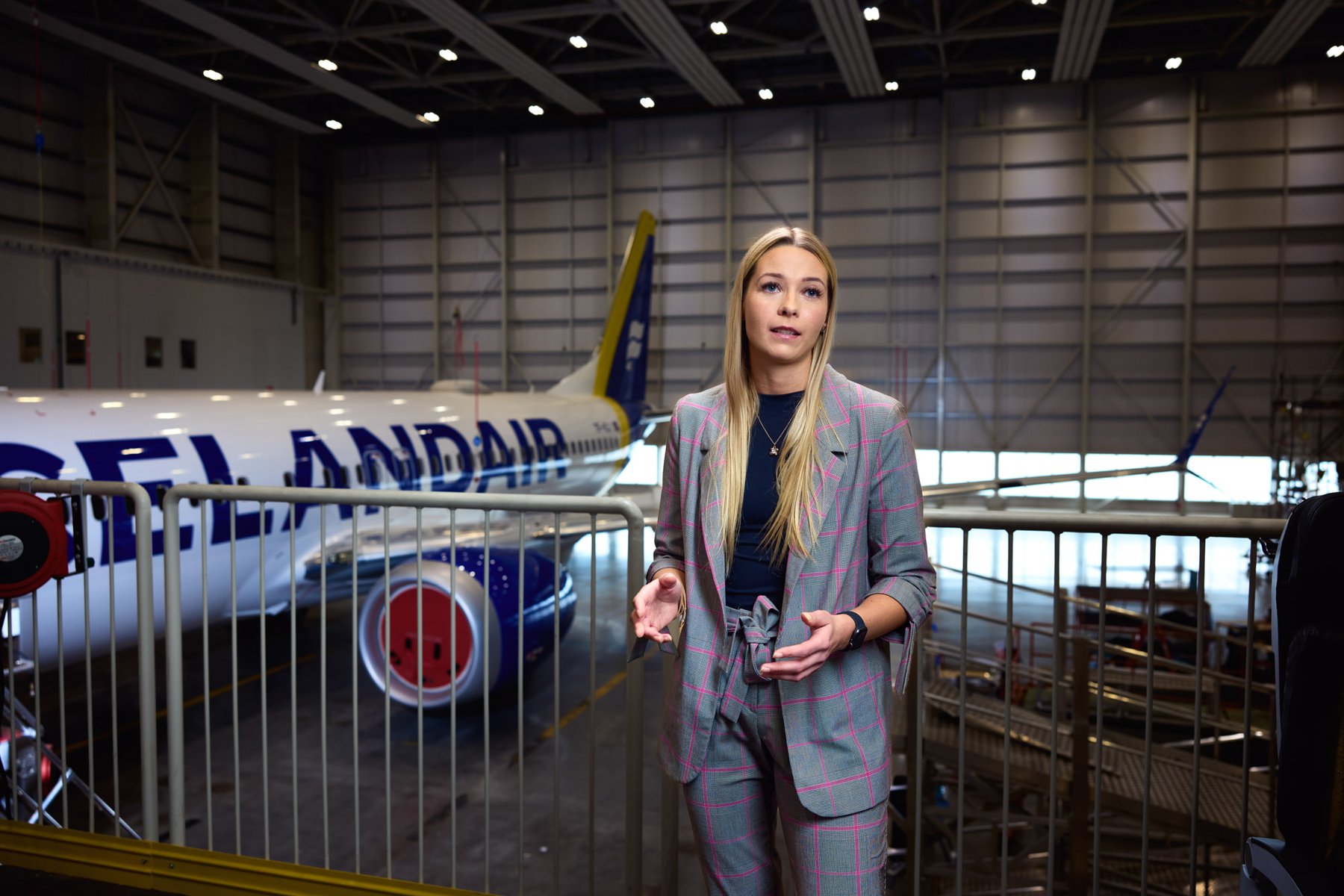Sustainable aviation fuel (SAF) is expected to be the most important measure to reduce emissions in the years to come. SAF is a liquid fuel used in commercial aviation which can reduce CO2 emissions by up to 80%, based on the fuel type. In September 2023, a new law, ReFuelEU, was adopted in the European Parliament with the aim to increase the uptake of sustainable fuels in the aviation sector. It came into effect on 1 January 2024. It obliges fuel suppliers to ensure that, starting from 2025, at least 2% of aviation fuels will be sustainable, with this share increasing every five years, reaching 70% in 2050. By current rules, SAF can be up to 50% of the tanked fuel on an airplane. However, today the actual supply of SAF is only a fraction of the amount needed due to limited production, which can result in an increased cost and impaired competitiveness.
The Icelandic government reached an agreement with the EU Commission on Iceland's adaptation to Directive (EU) 2023/958 on the ETS system in aviation. This adjustment includes that airlines flying to and from Iceland receive a 100% reimbursement of the price difference between all sustainable aviation fuel and fossil fuel at airports in Iceland. In addition, they will also have a permission to maintain the allocation of free emission allowances to airlines in 2025 and 2026, which can correspond to the number of allowances that the airlines will be allocated in 2024. The condition of the allocation is that the airlines submit a carbon neutrality plan to the Icelandic Environment Agency.
